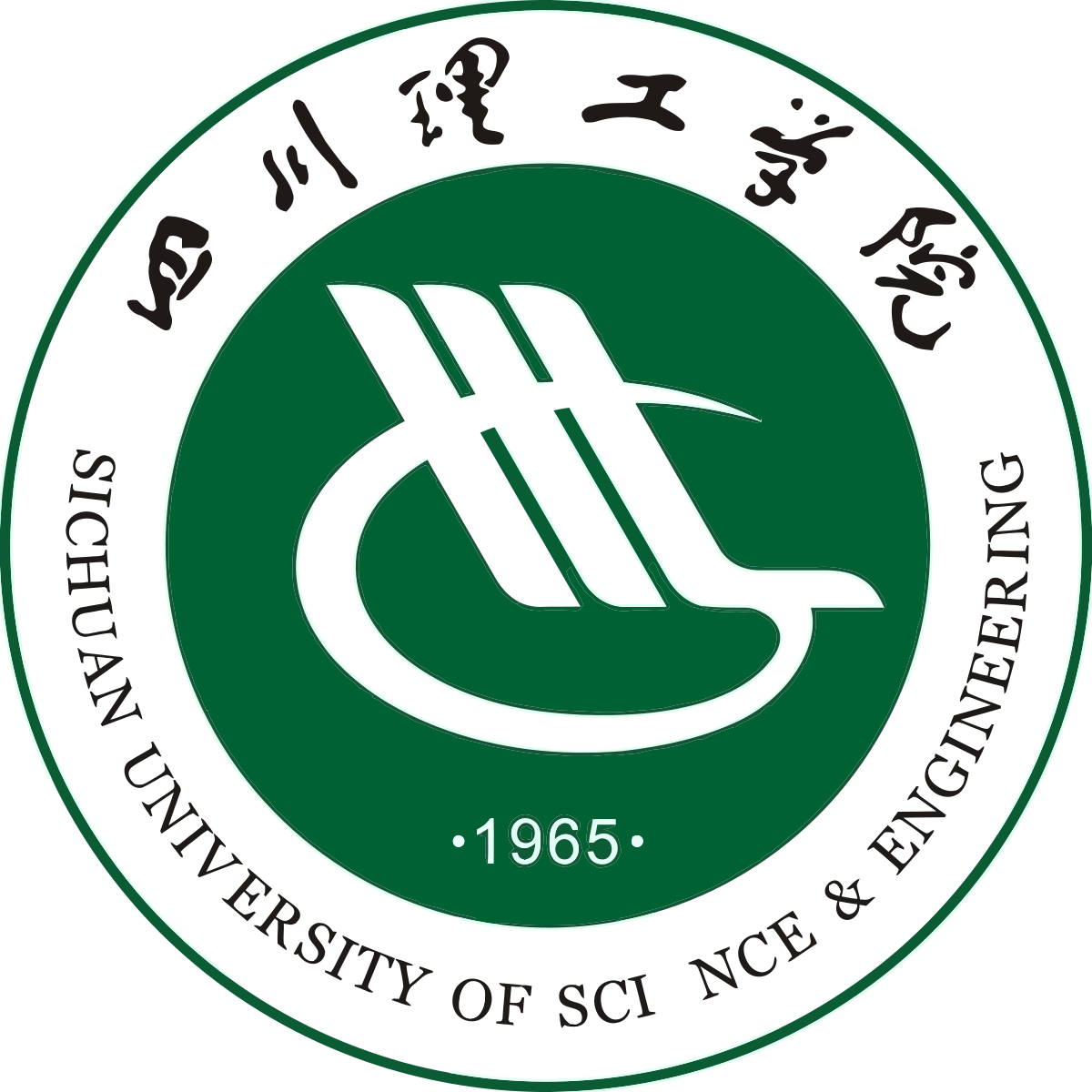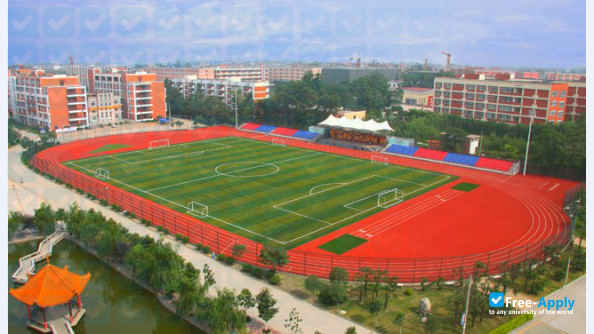
Sichuan University of Science & Engineering
- Yibin , China
Sichuan University of Science and Engineering (SUSE) is located in Zigong, Sichuan. The city is well known home and abroad as "Salt Capital", "Dinosaur Habitat", and "Lantern City". SUSE was originally named as Southwest Branch attached to East China University of Chemical Technology, founded in 1965. In 2003, the State Ministry of Education approved a measure that merged Sichuan Institute of Light Industry and Chemical Technology, Zigong Teachers College, Zigong Polytechnic College and Zigong Institute of Education all into today’s SUSE, now a key provincial comprehensive university.
The university now possesses 3 campuses that are respectively called Huidong, Yingpan and Huangling, covering an area of about 1,498,500 square meters, with a building floor space of about 702,800 square meters. The state property of SUSE reaches the total amount of 728 million RMB, in which the total value of the equipment applied to teaching and scientific research amounts to nearly 165 million RMB. The university library is well-equipped with modern facilities and a collection of 2.14 million volumes, as well as 13000 GB electronic books and journals.
There are 14 schools, 1 Basic Education Department, 1 Physical Education Department and 1 college for Adult Continuing-Education. There are 64 bachelor’s degree programs in science, engineering, management, social science and humanities. Among them engineering covers 9 primary disciplines which offer 24 undergraduate programs and 12 master’s programs, science covers 7 primary disciplines which offer 13 undergraduate programs, and management covers 4 primary disciplines which offer 11 undergraduate programs and 1 master’s program. Currently there are 4 Master of Engineering & GCT discipline programs. SUSE has constructed five subject groups including Material & Chemical Engineering, Biology & Food, Electronic Information, Mechanical Engineering and Management, with 4 national characteristic specialities, 3 key provincial subjects and 9 provincial characteristic specialities. The university has been a provincial construction base for personnel training and scientific research.






i like this university
Krypton
Jun 17, 2021 01:15